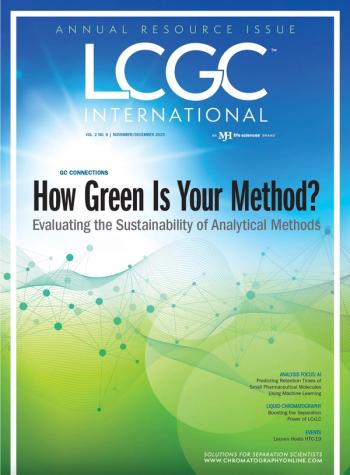
- The Column-07-04-2012
- Volume 8
- Issue 12
Nanoparticle measuring
A team of scientists from Taiwan has developed a nanoparticle/virus mass spectrometry technique to make rapid and accurate mass and mass distribution measurements of nanoparticles and viruses.
A team of scientists from Taiwan has developed a nanoparticle/virus mass spectrometry technique to make rapid and accurate mass and mass distribution measurements of nanoparticles and viruses.1 The team had previously developed a technique that allowed them to measure the mass of a cell or a microparticle.
The method used was laser-induced acoustic desorption (LIAD) and the team was able to take measurements within 1 min.
The team concluded that their research has potential for the quality control of nanoparticle production, where differences in size can affect the properties, and the identification of various viruses. The method could be used in the future to monitor drug delivery when nanoparticles are used as carriers. It could also be possible to measure the degree of infection by measuring the number of viruses in specific cells or in plasma.
1. Chung-Hsuan Chen et al., Analytical Chemistry, 84(11), 4965–4969 (2012).
Articles in this issue
over 13 years ago
Thought leader recipientover 13 years ago
Market Profile: High Content Screeningover 13 years ago
Deceptive orchidsover 13 years ago
An Age of Discoveryover 13 years ago
An Easy Way to a Fast Universal Method for Surfactant Analysisover 13 years ago
Food focusNewsletter
Join the global community of analytical scientists who trust LCGC for insights on the latest techniques, trends, and expert solutions in chromatography.



